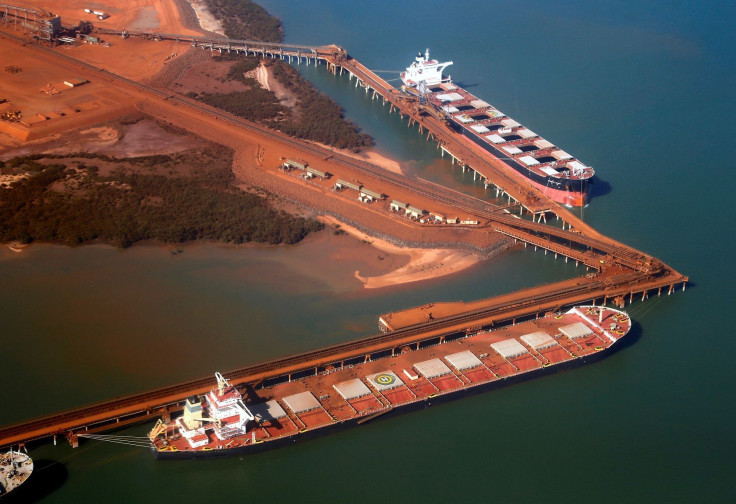Iron ore prices decline steeply, speculated to recover on Monday

Iron ore spot markets saw a steep decline on Friday. By the evening, however, they had swung in the opposite direction. As a result, there are speculations that suggest the fall may unwind on Monday.
According to an analyst at Metal Bulletin, the downward spiral occurred after Chinese rebar prices were pulled back in the midst of a decrease in volumes ahead of China’s National People’s Congress on the weekend. By Friday evening, the trend turned around as steep increases were seen in Chinese iron ore, rebar and coal futures.
The iron ore spot price for benchmark 62 percent fines declined by 1.13 percent to $91.32 a tonne, as noted by Metal Bulletin. As the year-to-date advance slumped to 15.8 percent, this came as the third fall in the past four sessions.
Higher grade ores sustained smaller losses but lower grades suffered higher losses. The spot price for 58 percent fines fell by 3.56 percent to $62.89 a tonne.
Australia sold as much as $38.7 billion of iron ore to China in the last financial year. This accounts for more than half of the country’s total exports to China. Iron ore futures for May 2017 saw an increase of 1.77 percent to 690 yuan (AU$131.9). This came as rebar, coking coal and coke futures rose by 1.46 percent, 1.85 percent and 1.43 percent respectively.
The recent increase recorded prices at $119, more than double 14 months ago. According to Reuters, traders have said the rise can encourage the reopening of Chinese mines that were shuttered when prices had sustained a heavy hit.
Dragonomics’ Rosealea Yao and Arthur Kroeber note that the rise is in part because low-quality domestic mines have not started producing as prices increased. The increase can also be attributed to the leveraged speculative trading on Dalian Commodity Exchange – which prompted traders and mills to build huge inventories at Chinese ports.
According to Yao and Kroeber, the iron ore price “is tightly tied to the fortunes of China’s most notorious excess-capacity industry — steel — which in turn is a function of the all-important property sector.” This, they add, is reflective of the government’s overall economic progress.
According to the China’s National Development and Reform Commission (NDRC), this year will see a cutback of 50 million tonnes in steel capacity and more than 150 million tonnes in coal output. The development comes on the heels of an announcement made at the beginning of last year to close 100 million-150 million tonnes of steel capacity and 800 million tonnes of outdated coal capacity by 2020.




















